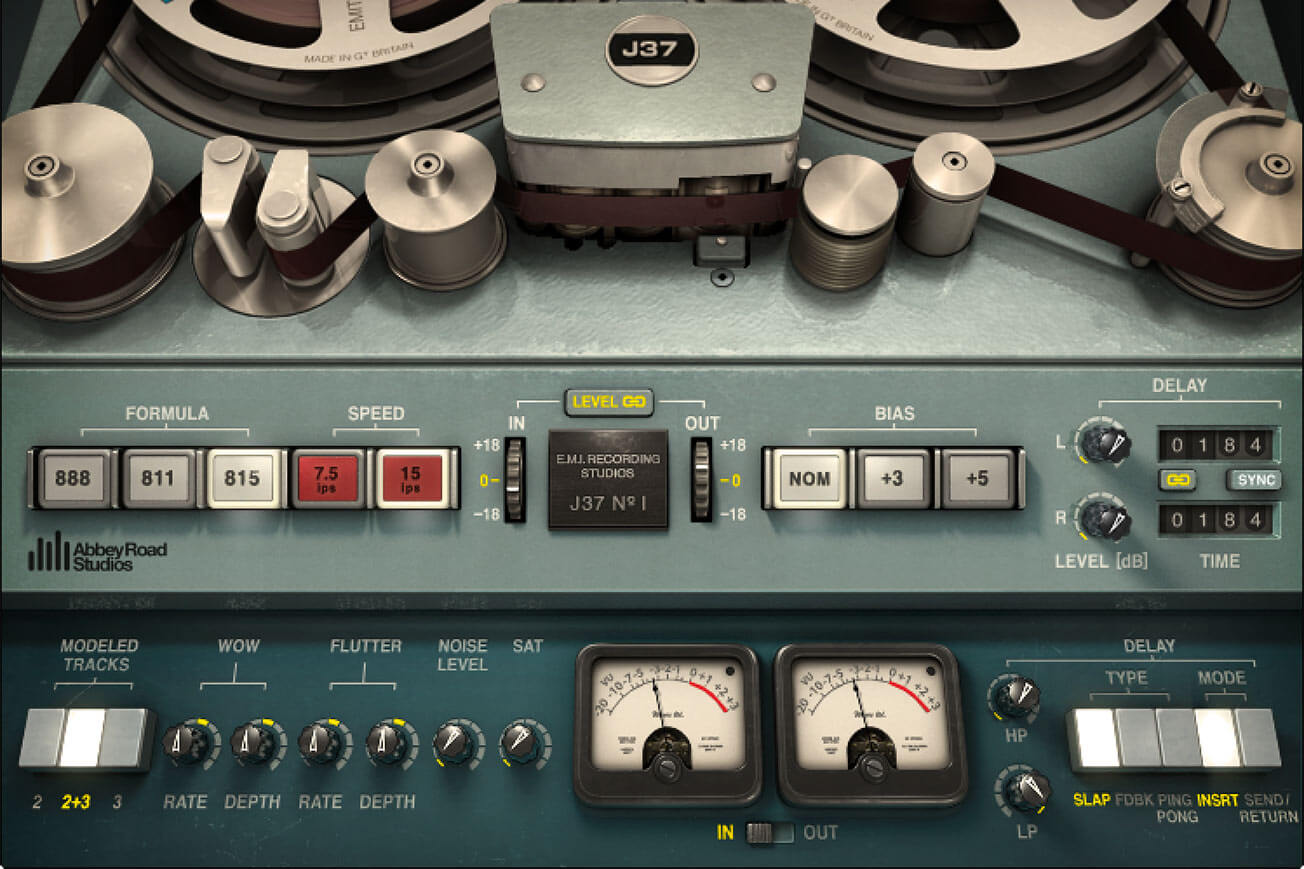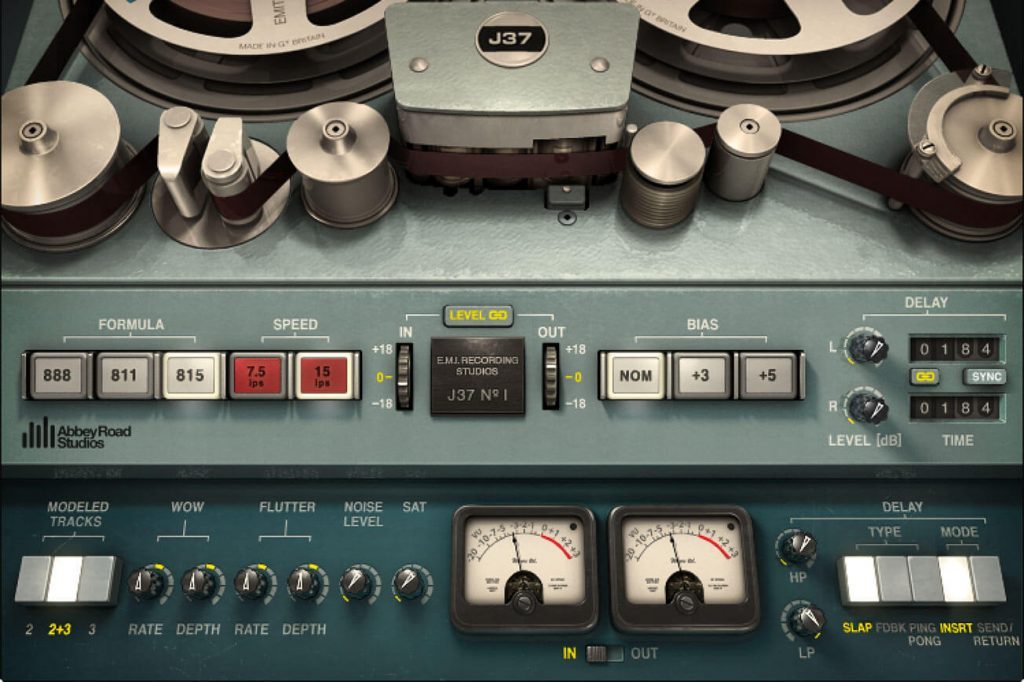Distortion is a period that will get used loads in music production. It will possibly consult with an effect type, a mixing approach, and a high quality of indicators.
However, what’s distortion precisely? When would you like it and when must you keep away from it? What gear can you employ to get it and the place must you apply it in your workflow?
There are loads to unpack right here, however, don’t fear—distortion is an easy idea if you realize the fundamentals of the way it works.
In this article, I’ll break down each means the time is often used and recommend methods to work with distortion in your music.
Let’s get began.
What’s distortion?
It refers to alter or deformation of an audio sign’s waveform. The most typical kind of change is known as clipping. This occurs when the sign degree goes above the utmost a system can deal with.
It’s referred to as clipping as a result of the tops of the waveforms getting chopped off abruptly on the most.
Within the early days of audio, distortion was near all the time thought-about a detrimental result. And in some conditions, like with DAWs and digital techniques, it nonetheless is.
However right this moment, engineers acknowledge the significance of distortion in mixing and music manufacturing when utilized tastefully.
When used in this manner, distortion is available in a gentler type that engineers name saturation.
However don’t let the terminology journey you up—the phrase distortion itself contains all types of saturation, overdrive, and even fuzz.
It doesn’t matter what time you employ, distortion all comes from the identical strategy of waveform clipping. The completely different strategies used to realize it may give completely different sonic outcomes, however, I’ll get into that later!
It doesn’t matter what time period you employ, distortion all comes from the identical strategy of waveform clipping.
When is it good? When is it unhealthy?
If clipped waveforms sound like a type of sonic destruction to you, you’re not improper.
For many designers of audio gear, undesirable distortion is the enemy.
Sign constancy means preserving the unique audio data completely intact. Distortion introduces adjustments to the sign that may make it sound worse.
Hello-fi audio techniques and recording gear depend on costly elements and strong circuit designs to keep away from it.
However, distortion turned a lot simpler to keep away from within the digital period. DAWs and plugins don’t trigger digital information to alter until you inform them to. And digital techniques can monumental headroom earlier than clipping.
Quickly after DAW recording turned widespread, producers realized that some kinds of distortion had an optimistic impact on the sound. This pleasing distortion was tough to recreate with early digital gear.
Engineers now use plugins, outboard gear, or different processes to add again the refined, pleasing saturation that was initially thought about as a shortcoming.
That stated digital techniques aren’t utterly resistant to points from clipping.
For those who push your ranges too scorching on the master bus, you’ll be able to distort the place your sign leaves your DAW.
For those who push your ranges too scorching on the grasp bus, you’ll be able to create distortion the place your sign leaves your DAW.
That is one thing you need to keep away from, so ensure you preserve correct headroom and take note of gain staging as you combine.
Sizzling tip: It on the grasp bus is a matter that comes up in discussions of DIY mastering methods. Seasoned professionals know the way to keep away from it and nonetheless get a loud gasp.


